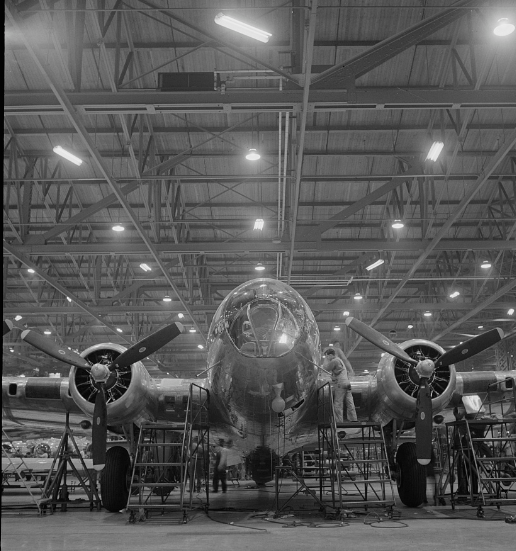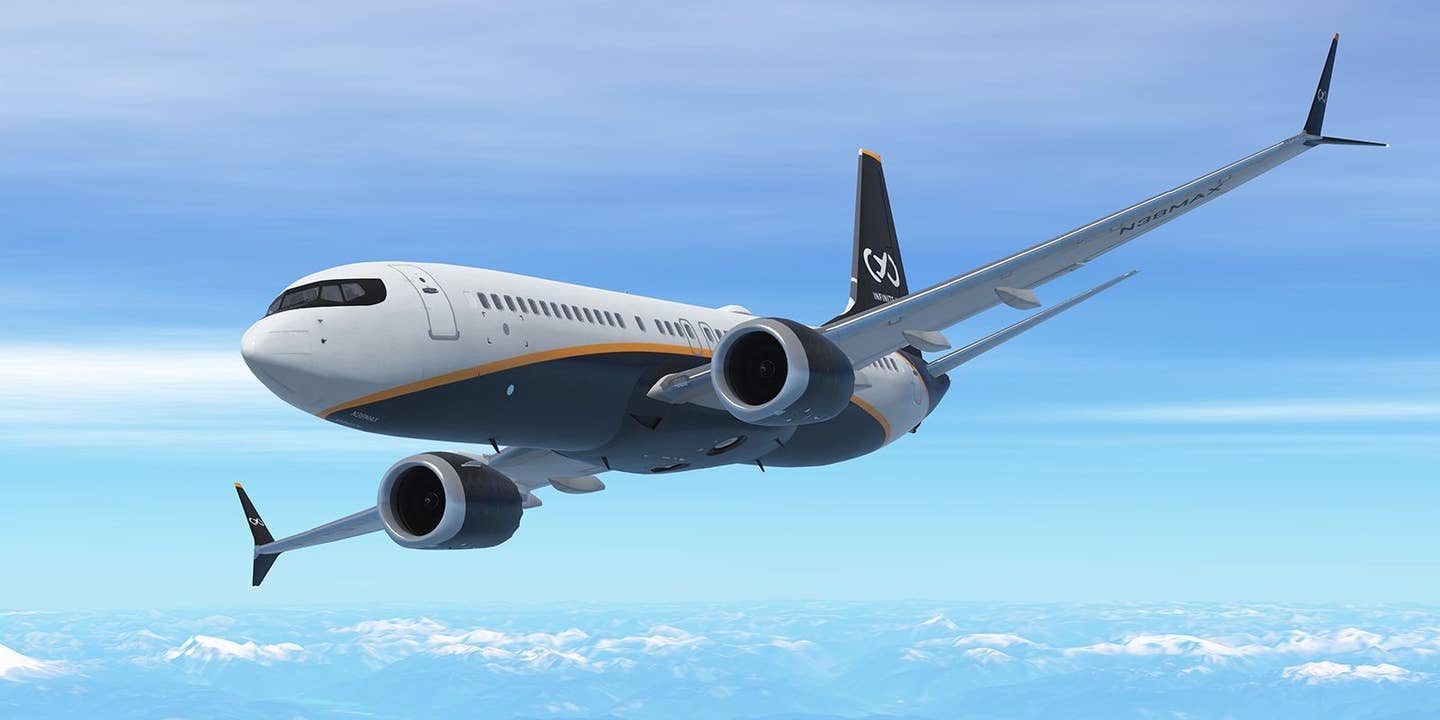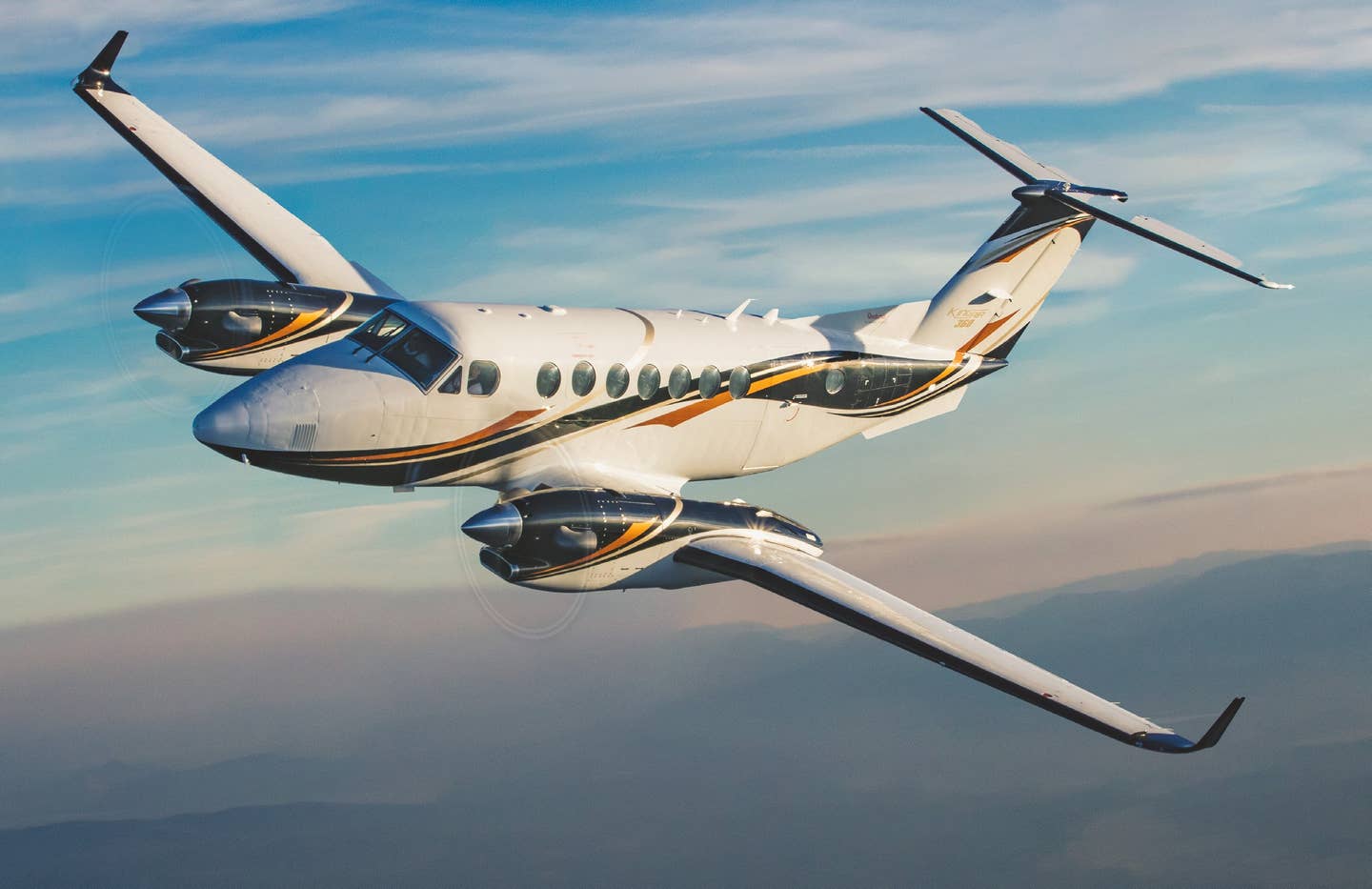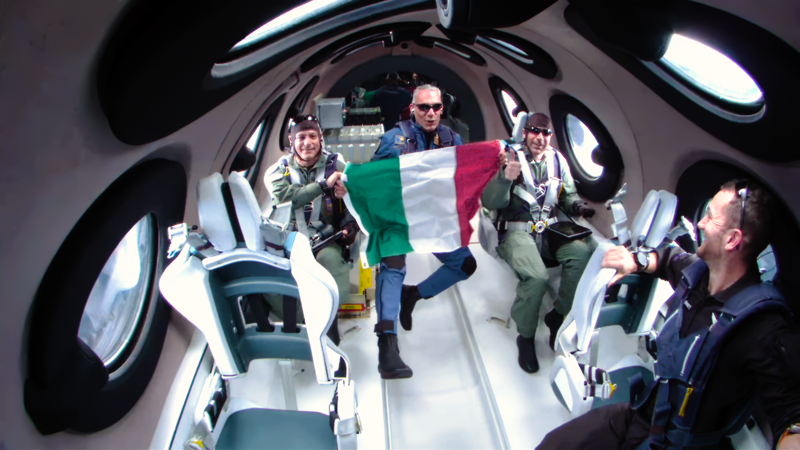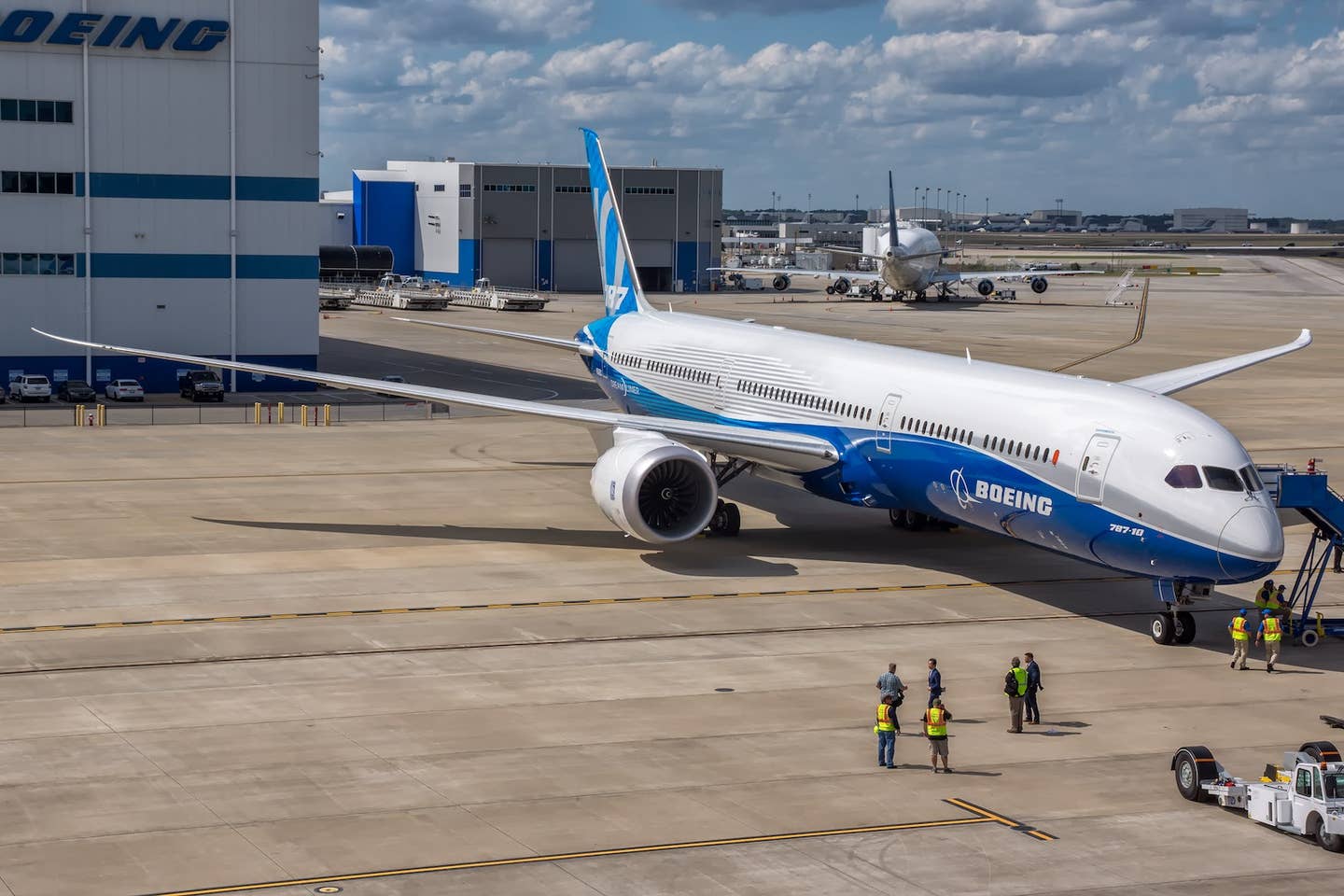Museum Spotlight: Moffett Field, California
Moffett Federal Airfield (KNUQ) in Mountain View, California, is the home of Hangar One, one of the largest free-standing buildings in the world.
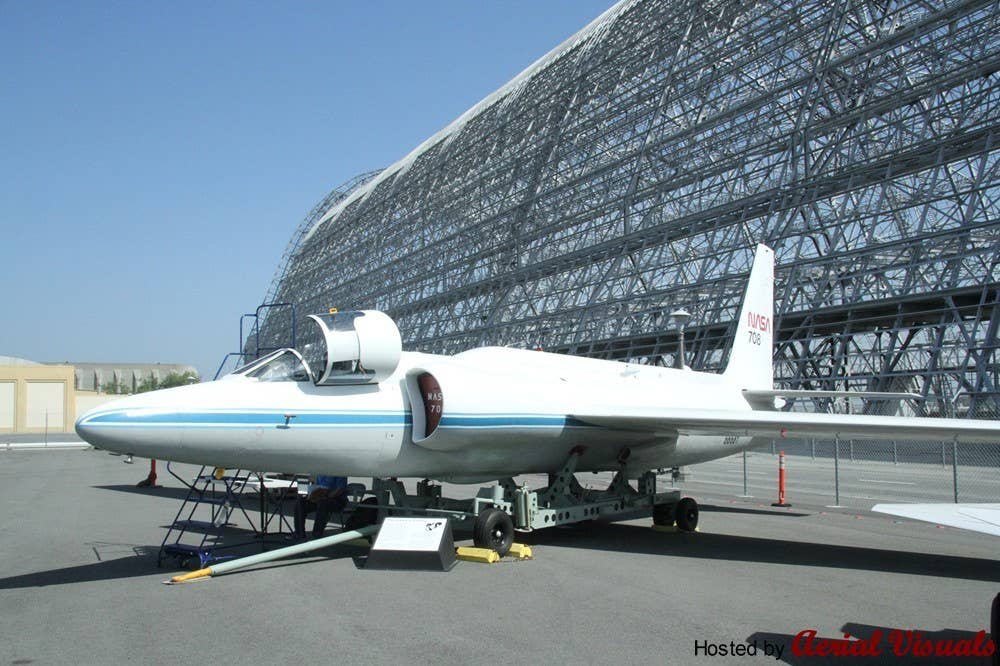
The Moffett Field Historical Society Museum’s Lockheed U2C on display. [Credit: Moffett Field Historical Society Museum]
We all have our favorite aircraft—even the people who are charged with caring for them at the aviation museums across the country. Since December is the birthday month of powered flight, FLYING magazine reached out to museums across the country to find out which aircraft are the personal favorites of the museum staff as well as the museum visitors.
Moffett Field Museum, Mountain View, California
Some airports are easy to miss when you drive by them—all you see is a flat area, some industrial buildings and a few aircraft. Moffett Federal Airfield (KNUQ) in Mountain View, California, is not one of them. It’s the home of Hangar One, one of the largest free-standing buildings in the world. The dome-topped hangar dominates the landscape of the Silicon Valley.
Built in 1933 to house the USS Macon, one of the navy's dirigibles, the hangar measures 1,133 feet long by 308 feet wide by 198 feet high. Today the hangar is part of Ames Research Center and the home of the Moffett Field Historical Society Museum.
Speaking of History…
The construction on what was to be Airbase Sunnyvale began in 1931. The facility stood on 1,000 acres of reclaimed farmland between San Jose and San Francisco. Part of it was in the town of Sunnyvale, part of it in Mountain View.
Worried the name Mountain View would conjure up mental images of navy dirigibles crashing in high terrain, the navy opted to use Sunnyvale in the name.
Naval Air Station Sunnyvale was commissioned on April 12, 1933, but the name only lasted until September, when it was changed to NAS Moffett Field in honor of Rear Admiral William A. Moffett, the man behind the navy's lighter-than-air program. Moffett was killed on April 4, 1933, in the crash of the dirigible USS Akron. The Akron, launched in 1931, had been designed to act as a flying aircraft carrier. The helium-filled ship was destroyed in a thunderstorm off the coast of New Jersey, taking with it 73 of the 76 souls on board.
Today, Moffett is a private airfield with an emphasis on new technology and research. Prior permission is required to land there—so it's pretty much off limits to most pilots. However, you can access the base by car with relative ease and visit the museum.
The Curator’s View: F-8U-1 Crusader
Jeff Wasel is the executive director of the Moffett Field Historical Society Museum. According to Wasel, the museum's artifacts are organized by era, starting with the 1930s all the way up through the Cold War and the space race.
Wasel oversees the curation, restoration, and preservation of the collection of aircraft, cockpit sections, and other major artifacts which he describes as "an unusual mix of one-off and historically significant aircraft." His favorite is the Chance-Vought F-8U-1 (F-8A) Crusader cockpit section.
"The F-8 represents the ultimate in pure, pre-missile era U.S. Navy fighter capability, bridging the gap between the first generation of underpowered carrier-based jets of the early to mid-1950s, and the later arrival of the high performance, missile-centric F-4 Phantom II on carriers in the early 1960’s," he explains.
"Nicknamed ‘the Gator’ for danger posed by its capacious under-nose, jet-air intake—as well as the ‘ensign eliminator’ for its unforgiving nature, especially in carrier landings—the Crusader was the hotrod of its day, and still remains legendary for its performance over the skies of North Vietnam, as ‘the last Gunfighter.’ This sobriquet is something of a misnomer though, as her four Colt Mk-12 20 MM cannons had an unfortunate tendency to jam under high G-loads, making them grossly unreliable in a tight gunfight. As a result, the F-8’s impressive 7-to-1 kill ratio was achieved primarily using early models of the AIM-9 Sidewinder air-to-air missile. Crusaders just look mean, nasty, and very purposeful, and are an icon of USN carrier aviation."
The museum's cockpit section comes from an early production F-8U-1, BuNo. 145399, that according to Wasel, first flew from NAS Moffett Field with “The Gunfighters” of Fleet Replacement Squadron VF-124, and later saw active service as the mount of Capt. Gordon Hodgson, USN, Commander, Carrier Air Wing 19, (CVW-19) on the USS Bon Homme Richard off North Vietnam on “Yankee Station”, and who also served as CO of VF-191, “Satan’s Kittens.”
The aircraft was in service from 1958 to 1969 and was acquired by the museum in February of 2014.
The Visitor's Favorite: Lockheed U-2C
As far as the favorite of museum visitors, Wasel says it is the former Central Intelligence Agency -USAF-NASA Lockheed U-2C spyplane.
"The Museum’s U-2 was delivered as an ‘A’ to the CIA’s Groom Lake Test Facility, Groom Lake NV, on March 5, 1956, under contract SP-1913. After a variety of short test deployments, she was transferred to the Strategic Air Command, (SAC), but was retained by Lockheed for testing through January 1959." says Wasel.
Most people know the U-2 as the CIA aircraft American pilot Francis Gary Powers was flying when he was shot down while flying a reconnaissance mission over what was then the Soviet Union.
"After the Power’s shoot down over Russia on May 1, 1960, the CIA began research into using USN carriers as a means to deploy U-2s," says Wasel. "As a result, she was returned to the CIA in 1963 for conversion to a U-2G variant, where a carrier arresting hook and other modifications were added. Only 2 airframes were converted to ‘Gs’, making this an extremely rare U-2 variant."
According to Wasel, the U-2G successfully tested the carrier basing concept of the USS Ranger, then placed into flyable storage in 1969. In 1971 the aircraft was transferred to NASA and returned to U-2C configuration, then used for testing instrumentation on early Lansat Earth-observing satellites.
"The program was so successful that she and other U-2Cs were used as earth observation platforms in their own right,” says Wasel. “She was finally retired from NASA operations at Ames Research Center in August 1987 and transferred to Moffett Field Historical Society Museum in 2015."

Sign-up for newsletters & special offers!
Get the latest FLYING stories & special offers delivered directly to your inbox


